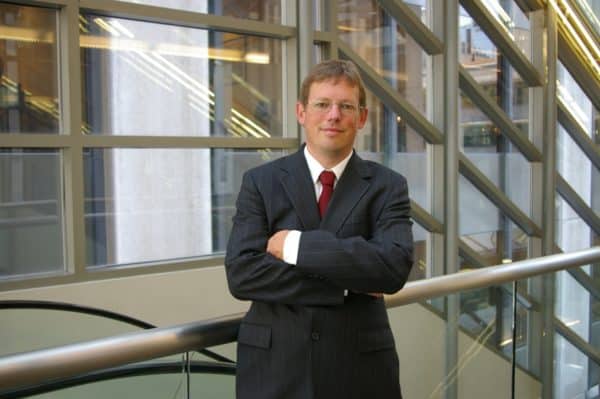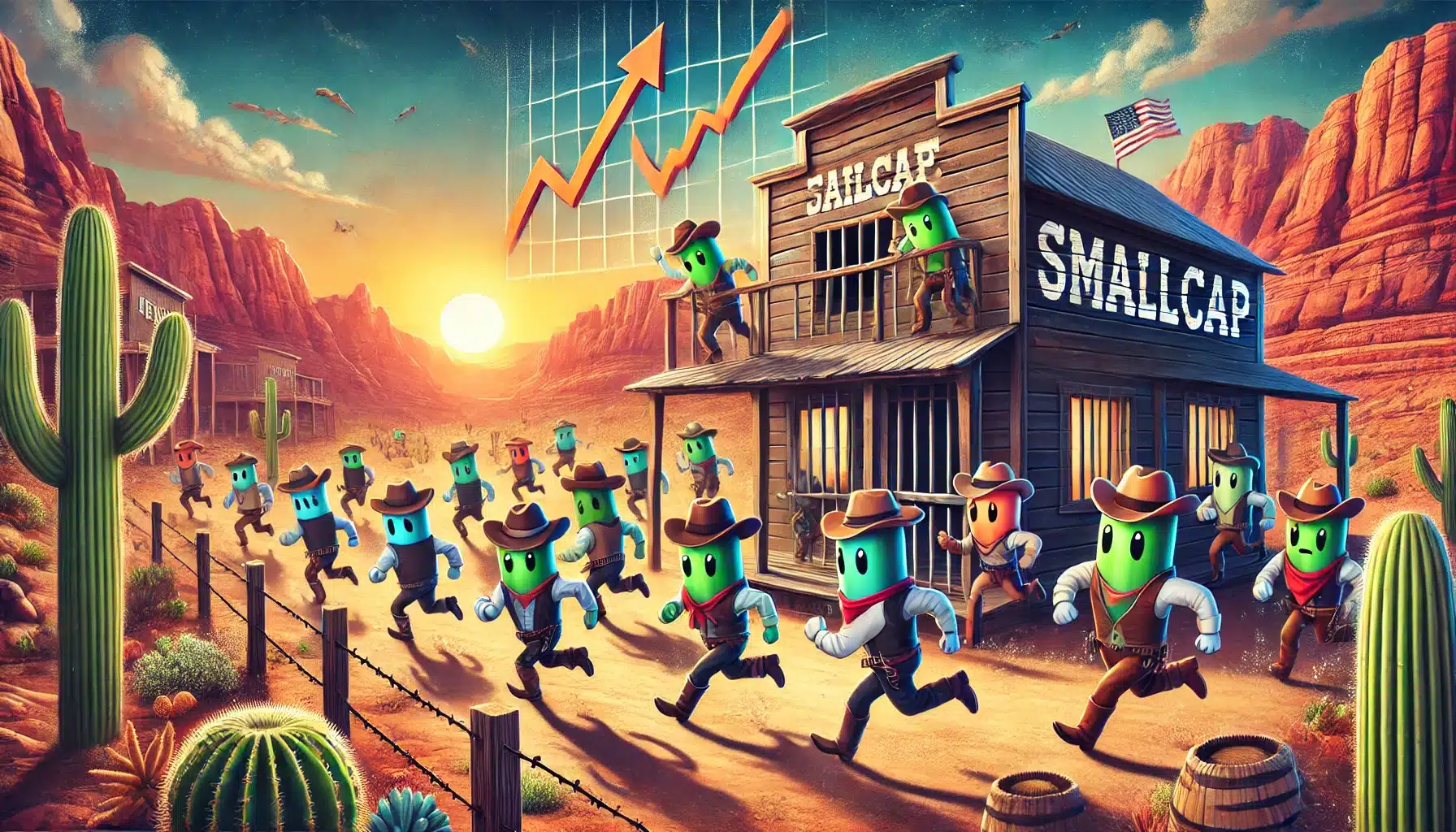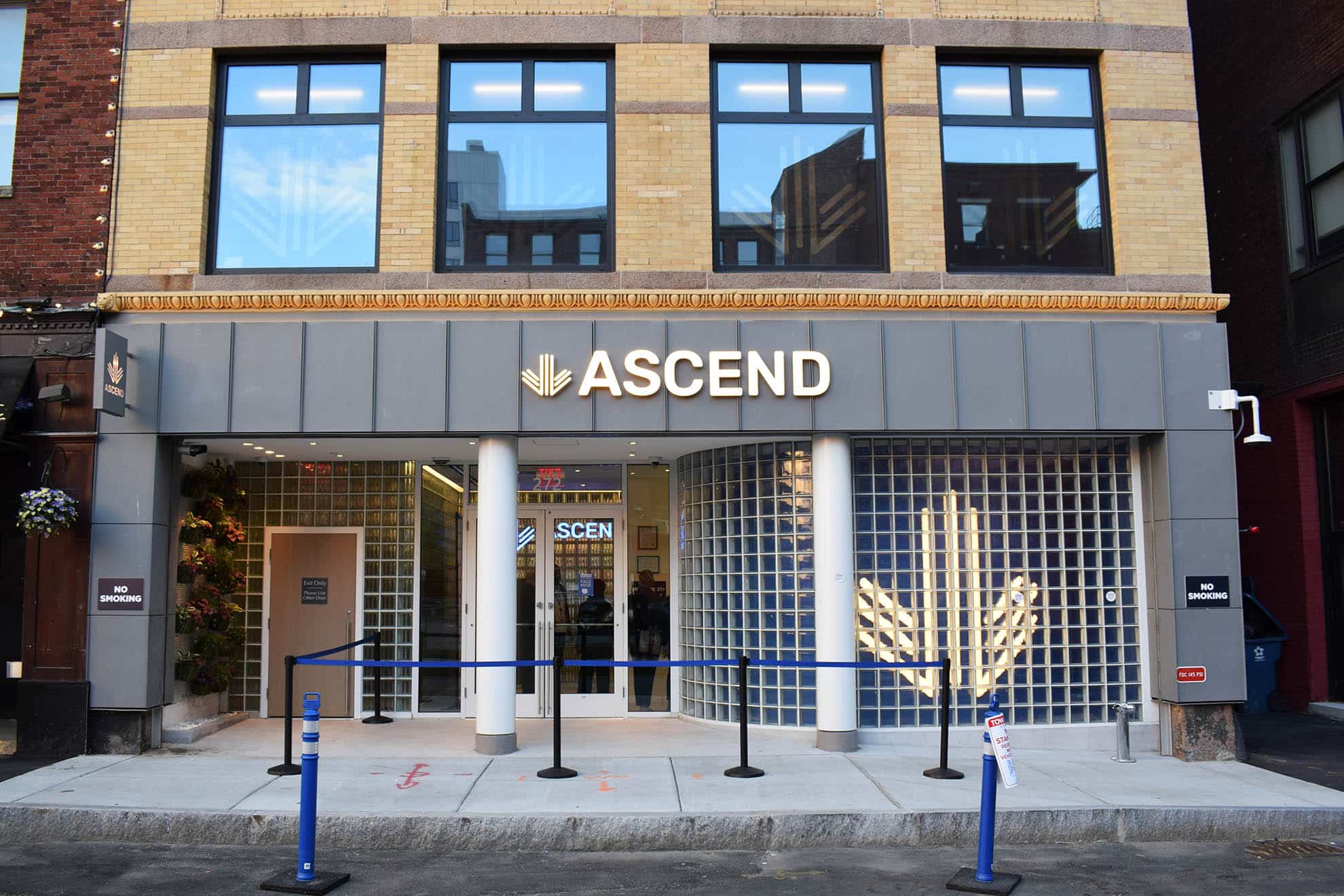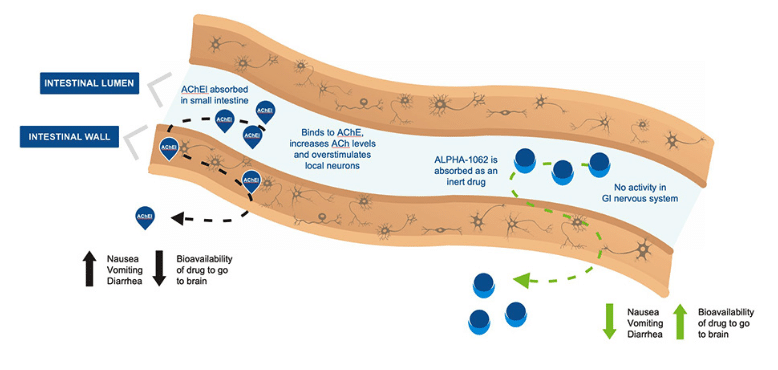

All your eggs in one basket. Most investors know innately that this is a bad strategy. Investors into life sciences stocks, where half-decade long clinical trials can bear no fruit, know it even better.
Earlier this year, Vancouver firm Sirona Biochem (TSXV:SBM) completed the acquisition of TFChem, a French lab founded by award winning chemist Dr. Geraldine Deliencourt. While the company is excited by the prospect of using carbohydrate chemistry to develop a breakthrough treatment for diabetes, it isn’t banking the whole farm on that venture, which is still in the pre-clinical stage.
Instead, Dr. Howard Verrico, Sirona’s CEO, has developed a strategy that utilizes the firm’s expertise in carbohydrate chemistry and employed it to projects of differing timelines and risk levels, including a cancer antigen, a biological ingredients project, even a skin lightening cream . Cantech Letter’s Nick Waddell sat down with Verrico to discuss the company’s multi-pronged approach.
Howard, can you tell us how Sirona Biochem got started?
Sure. I have been an emergency room physician for about twenty five years and I have also been involved in venture capital. But what really started Sirona was the technology we found with Geraldine Deliencourt, an award winning French chemist. Her technology combined with a capital pool company was the formation of Sirona Biochem. We started trading two years ago. Our initial project with Dr. Deliencourt was a simple licensing agreement. But after the success of that program we developed a relationship in which we went on to acquire TFChem, her company. That acquisition was complex and time consuming but was finally completed earlier this year.
That’s the French lab?
Yes. Initially TFChem was a private company and it’s now a wholly owned subsidiary of Sirona Biochem. TFChem is a state of the art laboratory built by the French government. The lab was built according to Dr. Deliencourt’s design and we currently have six full time doctoral scientists working there, as well as several part time students and researchers. It’s a well equipped lab with room to grow. The TFChem lab is where our primary research and product development occur. We also work with universities and contract out some of our work.
I guess the benefit of these labs is that they offer a lot of wealth and knowledge that you haven’t had to pay for…
Yeah, it’s the beautiful thing about the biotech industry, that there is this tremendous pool of private labs that have their specialties and expertise. We don’t have to support the lab before or after we are done. They are very efficient and this preserves our capital. The universities are also tremendous resources because they are very supportive and also cost-efficient.
So what does the acquisition of TFChem mean for Sirona Biochem?
Since we have acquired TFChem we have developed a pipeline of projects, and they’re all based on carbohydrate chemistry.
For the lay person such as myself what is carbohydrate chemistry?
The are certain molecules that contain a glucose molecule. There are a vast number of drugs and therapeutic agents that have this type of structure. The problem with these types of molecules is that your body metabolizes glucose, it knows how to break it down. Although they have enormous potential in drugs and other therapeutics, they tend to be unstable. So we have to try and stabilize them in such a way that the drug remains potent and effective. We have developed expertise in working with carbohydrate based molecules using fluoride to stabilize them. Carbohydrate chemistry is very tricky chemistry and fluoride is very tricky. Our scientists have a decade of research dedicated to working with this particular combination of fluoride and carbohydrate chemistry. It sounds very technical, but basically what we are trying to do is to take molecules that a lot of research has already been done on, and have a lot known about them, but have failed due to instability or are effective but could be improved upon. Our first project was the SGLT inhibitor which is a new type of drug under development for the treatment of diabetes. That’s our primary project and we’re having great success in pre-clinical development, but there’s a whole range of other projects. The latest project is a cancer antigen. That’s extremely exciting to us. It’s something that Dr. Deliencourt worked on a number of years ago, and there has been work on the project for probably more than twenty years from her and other scientists. This is a known antigen that we feel would have tremendous potential as a vaccine, but its very unstable. No one has been able to stabilize it is such as way that a product would be active and effective. We believe we have made some major breakthroughs in that area.
It sounds like you’re not trying to reinvent the wheel or start from scratch. You are picking up on things that can be improved or that were near misses…
Exactly. There are a number of drugs that in use to today, for instance, that use fluorination. The fluorination atom makes a molecule more stable because our bodies do not break that molecule down rapidly. But what we do at Sirona is apply this to must more specific molecules using the expertise we have gained in carbohydrate chemistry. Our goal is to be a second generation version that is really best in class.
So why is diabetes a good fit for this expertise?
Well you want to address a market in which there is an unmet need. Diabetes is an endemic problem, it’s a growing problem. Type 2 diabetes in rapidly growing throughout the world, and the burden on the health care system, worldwide, is enormous. There are multiple treatments available, but there’s plenty of room for improvement.
How does carbohydrate chemistry differ in treating diabetes and how will it help ease this tremendous burden on the healthcare system?
Ultimately with diabetes, we want to first address diet and exercise but unfortunately that doesn’t always work out. Our solution is an SGLT inhibitor. There are currently none of these on the market. When someone takes our drug is causes them to pass glucose in their urine. This drops the patients blood sugar and you actually lose calories. Insulin will cause the patient to absorb sugar into the cells. This lowers your blood sugar, but the absorption of the sugar leads to weight gain. As the weight gain increases, the diabetic condition worsens.
So where are you with this treatment?
We currently in pre-clinical. Ultimately we’ll have to decide if we want to partner with a larger company on this in pre-clincial or in the early clinical stages or remain independent. It’s our belief that this will attract a partner at an early stage, but we have the ability to expand and grown as needed. We may decide that this is something we want to take further before partnering. But to mitigate that risk and because we now own TFChem, we now have the ability to expand our pipeline and that’s what we have done. Instead of being dependent upon the success or failure of one product we now have multiple products in the pipeline.
Can you tell us a bit about the other products?
The last product we announced, as I mentioned earlier, was the cancer associated antigen, which is very exciting. There’s a type of molecule found on the surface of cancerous cells which isn’t present on normal cells. This molecule is not present in all forms of cancer, but very significant percentages of some very common cancers have this antigen including breast, colon, lung and prostate cancers. The more aggressive the cancer, the more likely it is that you will find this antigen. If you could produce a stable form of this antigen you could potentially produce a vaccine that would then trigger your body’s immune system to attack this antigen. This antigen has been well researched, there’s over twenty years of research on it but no one has been able to stabilize a molecule enough that it could be applied to a vaccine. Dr Deliencourt did work on this project a number of years ago so we knew the challenges and the potential of the project. This creates a key component to a potential cancer vaccine. We are now entering the completion of some of the chemistry, proving the stability and ensuring that this will actually produce the necessary antibodies, we’re now lining up the testing to do that. Clearly it’s going to be a lot of work to produce this vaccine, but we believe it’s a key step and a major breakthrough…
And what about the depigmenting cream?
The skin depigmenting market is rapidly growing. Unfortunately the most effective agent that is used is broken down by the body and produces metabolites which are intensely carcinogenic. This agent has been banned in Europe, it has restricted use In North America. The goal of our technology is to apply a carbohydrate based molecule to stabilize this molecule and prevent it from breaking down into carcinogenic components. This will allow a safer application.
If you Google these creams, they are pretty controversial on a societal level..
Yes, but one of the things that attracted us to these products is that there is already a market for them. Whether people agree with them or not, they are being used and what’s on the market now has the potential for serious toxicities. Even though these products are banned in Europe it doesn’t mean they’re not being used inappropriately in other places, such as Asia. So if we can produce a safer, non-toxic product there’s a societal benefit too. Our French lab is located in what’s called the “cosmetic cluster” There are a number of companies in the cosmetic industry in that region. This is a natural project for us and one we think we result in significant financial support too, from the French government.
So that’s three projects. Are there any other things you are working on?
Another thing we are working on is what we call biological ingredients. Certain drugs are very expensive to manufacture, including insulin. The high manufacturing cost is due to the fact that they have to be done at super cool temperatures or very specific conditions have to met for the manufacturing. We believe we can create a chemical for use in that process which will greatly reduce manufacturing costs. The beauty of this project is that is doesn’t require extensive testing because it’s not the end result. We feel it’s a low risk project that has tremendous commercial application, and it’s quick to revenue.
I understand your mitigating risk is an important strategy. Are you worried about the company spreading itself too thin? Is that a concern?
No, we’re very careful. To me, it’s amazing what we have done from the amount of money we have raised. We have tremendous support from both the French and Canadian governments. We have significant subsidies in salaries at our lab in France, a number of grants pending that we’re optimistic about. There is tremendous cooperation between the French and Canadian governments. We had financial assistance from both governments in forming the merger as well as legal advice etc. Geraldine Deliencourt’s work there has been showcased by local politicians as a tremendous success story.
So what is your monthly burn rate? Will you need to go back to market?
Our burn rate varies according to what kind of testing we have going on, but it falls in around the $140,00 per month range. We won’t being going back to the market until early next year, at the earliest. We are quite optimistic that we will be able to start partnering talks on several of our products towards the end of this year. That may not yield immediate revenue, but it will change the picture on what our needs are. A small up front payment on a licensing agreement could be a very large source of funding for us. It might cover our burn rate for a number of years, in fact. I suspect we will have to do one more round of financing. I know some shareholders may be be nervous, thinking that we may be be doing a lot of enormous projects, but we’re very careful about making sure that everything is very manageable.
Leave a Reply
You must be logged in to post a comment.



 Share
Share Tweet
Tweet Share
Share




Comment